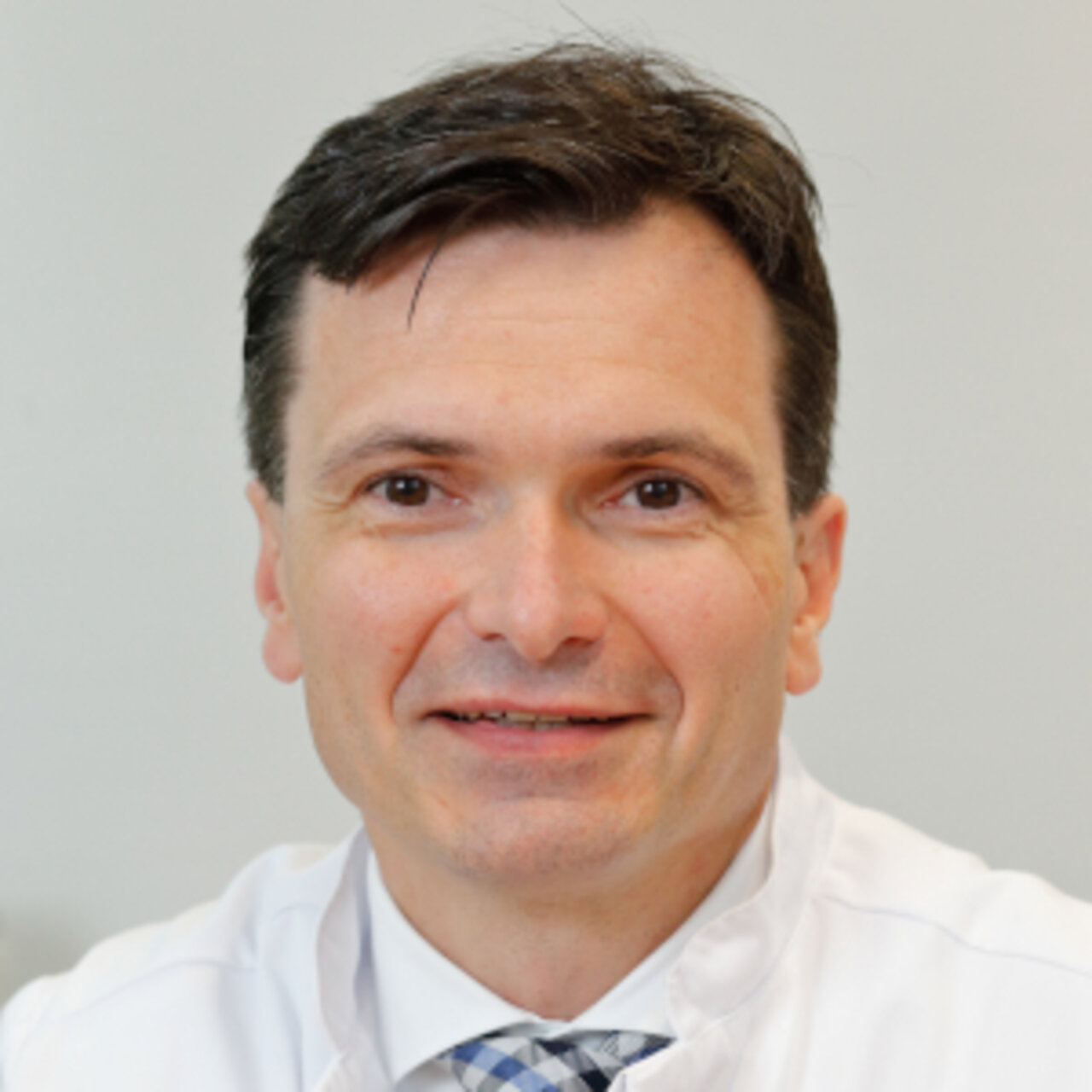Specialists in Minimally Invasive Heart Valve Surgery
5 Specialists found
Information About the Field of Minimally Invasive Heart Valve Surgery
What Is Minimally Invasive Heart Valve Surgery?
Our heart consists of a left and right ventricle, each with an upstream atrium. The body's consumed blood (low in oxygen) enters the right atrium and later the right ventricle through the vena cava. After oxygenation in the lungs continues through the left atrium and left ventricle until the oxygenated blood is released into the aorta.
There are the heart valves between all these stages as a closing mechanism. If they are defective (narrowed=stenosis or dilated= insufficiency), over time, this leads to severe cardiac stress. In the further course, the constant overload leads to heart failure.
Until now, the standard procedure has been valve replacement or, if possible, valve reconstruction via thoracotomy (complete opening of the chest through the sternum). However, more recently, as in many other areas of medicine, gentle, minimally invasive surgical procedures have become available.
For Whom is Minimally Invasive Heart Valve Surgery an Option?
Not every heart valve is suitable for minimally invasive heart valve surgery.
The location and the access route are essential, which is why both aortic valves (located between the left ventricle and the aorta) and mitral valves (located between the left ventricle and the left atrium) can be operated on minimally invasively, but not the pulmonary valve.
Causes for a necessary heart valve replacement can be valve stenosis (calcification and thus loss of elasticity and mobility) and valve insufficiency (the valve leaflets no longer close properly). In some instances, the valves can be reconstructed; in other cases, the entire valve must be replaced.
It is important to note: that due to the short access route, no additional cardiac surgeries, such as coronary artery bypass surgery, can be carried out. Surgeries on multiple valves are also not possible here. Only an experienced heart surgeon can decide which valve and procedure suit you.
How Is Minimally Invasive Heart Valve Surgery Performed?
To keep the risk of surgery and anesthesia low, various examinations of the heart and lungs are performed in advance. The actual surgery takes place under general anesthesia.
The heart surgeon reaches the mitral valve through a small incision (5-7cm) on the side under the right areola between the ribs. To maintain blood circulation and at the same time gain sufficient visibility in the surgical area, a heart-lung machine is connected via the inguinal artery and inguinal vein.
After the ribs have been spread slightly, the heart surgeon can view the heart and heart valve directly. Various techniques can now replace or repair the valve (mitral valve reconstruction). In some cases, a small camera is also inserted to improve visibility.
Often, the dilated and thus insufficiently closing mitral valve can be strengthened with a plastic ring. Ruptured tendon fibers that prevent the valve leaflets from being pushed into the atrium can also be repaired during minimally invasive heart valve surgery.
Minimally invasive aortic valve surgery requires the heart surgeon to open the upper third of the sternum. He reaches the aortic valve through a 6-8 cm incision, which can then be replaced with an artificial valve. The sternum is then closed with stable wires. Alternatively, for severely ill patients, catheter-based valve implantation is also available.
Advantages and Risks of Minimally Invasive Heart Valve Surgery
Minimally invasive heart valve surgery allows the replacement or reconstruction of defective valves without the stress of open-chest surgery.
The gentle procedure and the largely intact sternum result in rapid recovery and resilience. The small incision reduces the risk of infection. At the same time, more minor aesthetic scars result. A rehabilitation stay for complete recovery is possible after only a short time.
As with any surgery, there are risks. Therefore, regular follow-up care is critical, during which the heart surgeon checks the function and fit of the implanted valve.
Depending on the valve implanted, whether mechanical or biological, the blood must be artificially diluted for a short time (biological) or forever (mechanical) to minimize the risk of blood clots forming on the valve. The disadvantage of biological valves is their limited durability.
Sources:
Herold, Gerd: Innere Medizin. Köln, Eigenverlag 2012.
Henne-Bruns, Doris; Barth, Harald (2012): Chirurgie. 4., aktualis. Aufl. Stuttgart [u.a]: Thieme (Thieme Electronic Book Library).
Arasteh, K.; Baenkler, H.-W.; Bieber, C.; et al.: Innere Medizin. Stuttgart, Georg Thieme Verlag KG 2009.




